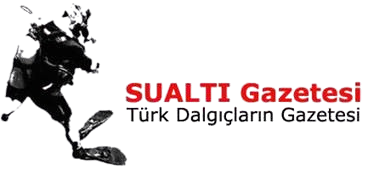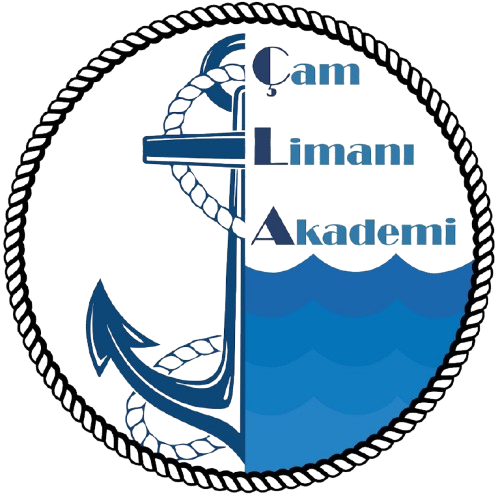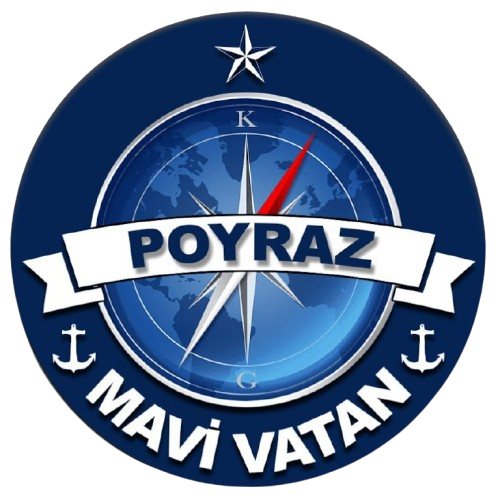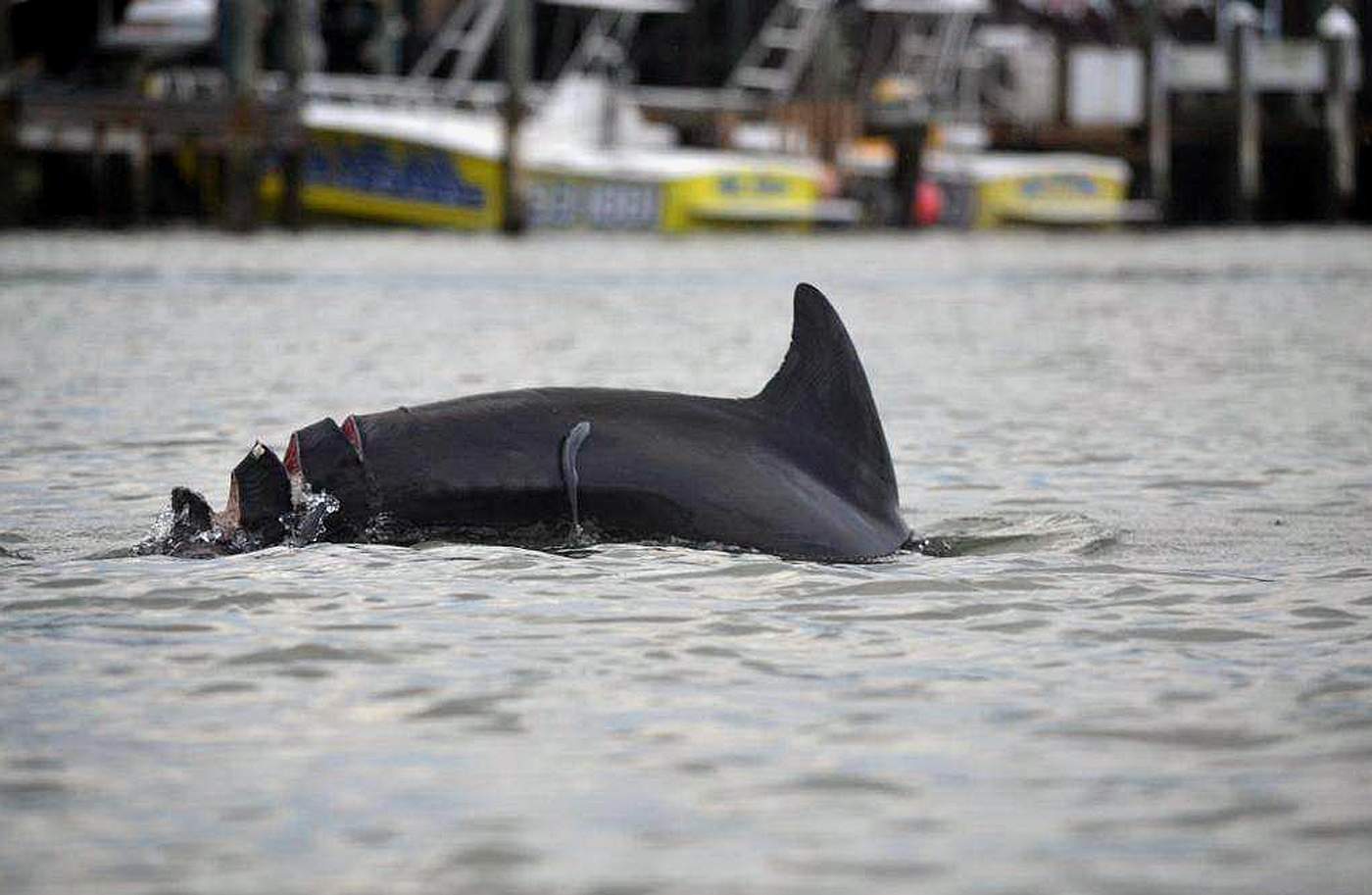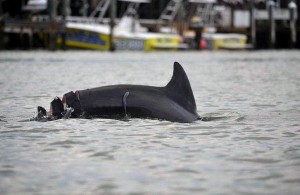Wildlife managers are monitoring a dolphin gravely injured by a boat propeller off Madeira Beach and using the encounter to teach a lesson to the marine mammals’ human admirers.
Don’t feed the animals.
It’s illegal to feed or harass any wild marine mammal, yet many people hand out sardines and other snacks to dolphins in hopes of getting close to them.
It will be difficult to tell whether feeding helped draw the injured dolphin toward the boat that harmed it, but there’s no question that feeding dolphins poses a threat to their safety, said Stacey Horstman, a fishery biologist for the National Oceanic and Atmosphere Administration. NOAA is helping monitor the injured dolphin after deciding to leave it in the wild to recuperate.
Feeding these animals, as is the case with all widlife, will condition them to change their behavior, Horstman said. Naturally wary of humans, dolphins can grow comfortable sticking their heads alongside boats and opening wide to beg for food.
What’s more, they can pass on this behavior to their kin and other dolphins, creating habits that span generations.
“Dolphins do teach each other. It’s a part of their culture,” Horstman said.
The injured dolphin drew widespread attention because many people have seen it along Pinellas beaches. But the sightings are part of a sadly familiar story for Florida wildlife managers.
They recorded 44 bottlenose dolphins stranded with signs of boat-related injuries in Florida from 2002-2013. A combined 17 of those incidents occurred during the final three years of the period — not long enough to conclude yet that there’s a rising trend, NOAA said, but still a cause for concern.
With the growing number of humans using local waterways and beaches, and the appeal of dolphins evident from TV’s Flipper to Clearwater’s Winter and her prosthetic tail, any number of factors could contribute to the injuries. Feeding, said Horstman, is one.
Having these creatures so close by is like having a puppy at your door, said Maj. Bruce Cooper, northwest regional commander in Panama City for the Division of Law Enforcement with the state Fish and Wildlife Commission.
“You just want to give it a cookie,” Cooper said.
Several dolphin species are found in Florida coastal waters, most commonly bottle-nosed dolphins, with their robust, powerful bodies, reaching 6 to 12 feet in length. They travel in groups, eat more than 20 pounds of fish a day and can live into their 50s.
Dolphins are protected under the Marine Mammal Protection Act of 1972.
Animal rights advocate Russ Rector thought immediately about the dangers of feeding when he heard about the recent dolphin injury.
“It’s out of control,” said an outraged Rector, who has served as president of the Dolphin Freedom Foundation in Fort Lauderdale.
“If we can’t protect the state saltwater mammal,” he said, “we need to close the doors and roll up the beaches.”
Aside from feeding, don’t even try to get close to dolphin if you want to help keep them alive, advises Rebecca Lent, executive director of the Marine Mammal Commission, an independent federal agency headquartered in Bethesda, Maryland.
“We love it when people love marine animals, but we can’t love them to death,” Lent said. “We need to keep our distance and continue to enjoy their beauty.”
Distance serves humans as well as dolphins.
There have been reports of people bitten and pulled underwater by the hungry mammals, Lent said, adding, “these are wild animals.”
Dolphins conditioned to take food from humans also are more likely to chase after commercial and recreational fishing boats to steal their catch, Leshent said.
Angry fishermen have shot arrows and guns at them. One dolphin was even sighted with a screw driver sticking out of it.
Lent called this a vicious cycle that starts with humans.
“You’re doing them harm by swimming close and feeding them,” she said.
NOAA is leading an effort to come up with non-lethal ways of scaring dolphins and sea lion away from fishermen’s bait. By now, dolphins might have grown too accustomed to the sound of gunshots to fear them, Lent said.
“It’s going to be a challenge, but we all have to work together,” she said.
Most important is teaching people to avoid close encounters with dolphin, said NOAA’s Horstman.
“It’s important to arm people… with education,” she said.
Efforts are underway to educate both Florida residents and visitors to the state, many of whom may be unfamilar with local regulations.
One example is billboards aimed at tourists in Panama City.
Also, NOAA has a website dedicated to education about dolphins, complete with a video of an animated dolphin in a support group talking about trying to kick his begging habit.
“Given the resources at hand, they’re doing a tremendous job at promoting awareness,” said Lent with the Marine Mammal Commission.
Rector with the Dolphin Freedom Foundation wants to see more. The billboards, he said, are having no affect.
He blames wildlife managers for letting the problem get out of hand in Panama City, where he says it has reached “epidemic proportions,” then spread around the gulf coast.
“The state of Florida is betraying our dolphins,” Rector said.
Maj. Cooper disagreed, saying he has seen a decrease of feeding dolphins in Panama City, in part because of the education campaign and in part because of undercover operations there.
Madeira Beach is another hot spot for unlawful feeding. The injured dolphin here is being monitored by watched by personnel with NOAA and the Clearwater Marine Aquarium.
Horstman said the dolphin is showing signs of improvement but the injury is still considered life threatening. She said the dolphin hasn’t been taken into a rehabilitation center because intervening poses health risks of its own.
Anyone with information about the dolphin and how it was injured can call NOAA at 1-800-853-1964.
And for anyone captivated by the graceful arcs and acrobatic antics of dolphin in the wild, Horstman has this advice: “Give dolphins their space.”
Emerson Brito is a student at Ryerson University in Toronto and a Tribune intern.
